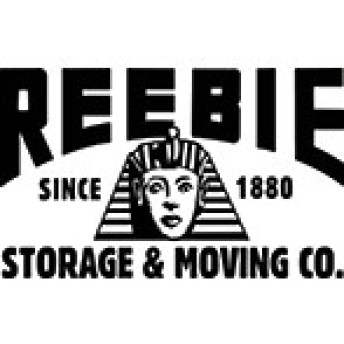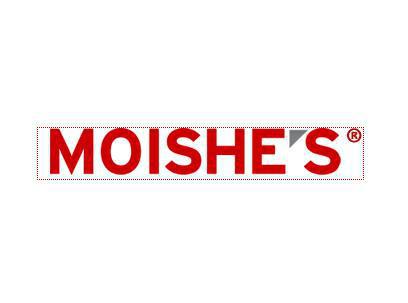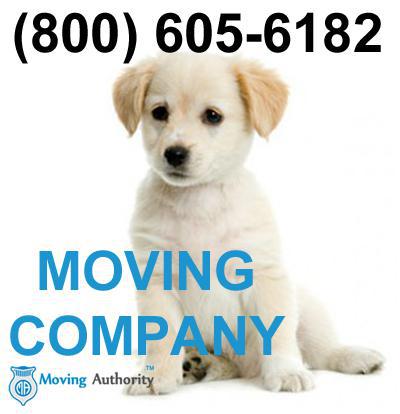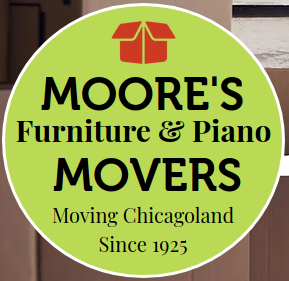Chicago Movers Top Rated
(888) 787-7813129 Movers in Chicago
Page 1/9
For most people searching for Chicago movers Yelp can be a resource, but why settle for less? Here at Moving Authority, we give you all the info you need about every reputable Chicago mover. You can browse for history in business, reputable peer reviews from previous customers, and so much more. Keep reading and get moving with a cost quote today.
3 Things People Wonder About Tipping Movers But No One Wants to Ask
- Is tipping movers required? It's not a requirement, but your team will appreciate it very much.
- How much is suitable to tip? It’s ultimately up to your discretion, based on the level of service provided. However, it’s suggested that for a three-hour move, $50-$100 per mover is what you should plan to pay.
- That’s so pricey! Is there something else I can do instead? It's best to think of this like going out to dinner: the tip is part of the total cost, rather than an extra, unnecessary thing. If you absolutely cannot find room in your budget to tip your hardworking Chicago IL movers, it's a nice gesture to provide lunch and refreshments for them while they work for you.
4 Unique Places to Let Your Kids Run Wild and Learn in Chicago
- Swedish American Museum. No, it’s not a place where tour kids build IKEA furniture while listening to ABBA all day; this museum lets your kids explore the Swedish way of life and learn invaluable skills like how to milk a cow and store firewood.
- Kohl Children’s Museum. Another spot where kids can have fun while gleaning useful skills, the KCM features a miniature version of Chicago for kids to feel like adults and learn things like how to build a house and care for a baby.
- Chicago Children’s Museum. With wings suitable for kids of all ages, this hands-on museum is a place where kids can explore, build, learn, and grow.
- The Field Museum. This is no ordinary museum of natural history: with offerings like a science lab and Egyptian history exhibition, your kids will be fascinated by the world around them.
Unleash Your Inner Foodie at These 4 Chicago Eateries
- Antique Taco. What to order: chili cheese curds.
- Irazu. What to order: oatmeal milkshake.
- Glazed & Infused. What to order: creme brûlée doughnut.
- Haute Sausage. What to order: bacon and guacamole sausage smothered in chipotle mayo, grilled corn, and cheddar cheese.
WHY CHOOSING PRO MOVERS IS A SMART MOVE — And How To Locate the Finest
- Movers Chicago IL can get your relocation done quickly and well because they are familiar with the nuances of the moving industry.
- When a company hires Chicago movers, they will only hire the best of the best. After that, new hires are trained through and through in order to provide the best service around.
- In the event of an accident or mishap, professional moving companies insure your items. If you're moving yourself, you are liable for all your things.
- The professional movers Chicago you will hire are local experts in the area, which comes in handy when you’re moving from out of town.
Do you know?

- A moving company, removalist, or van line are all companies that help people as well as other businesses to move their goods from one place to another. With many inclusive services for relocation like packing, loading, moving, unloading, unpacking and arranging of items can all be taken care of for you. Some services may include cleaning the place and have warehousing facilities.
- According to the U.S. Census Bureau, 40 million United States citizens have moved annually over the last decade. Of those people who have moved in the United States, 84.5% of them have moved within their own state, 12.5% have moved to another state, and 2.3% have moved to another country.
- In the United States and Canada, the cost for long-distance moves is generally determined by a few factors. The first is the weight of the items to be moved and the distance it will go. Cost is also based on how quickly the items are to be moved, as well as the time of the year or month which the move occurs. In the United Kingdom and Australia, it's quite different. They base price on the volume of the items as opposed to their weight. Keep in mind some movers may offer flat rate pricing.
- Many people are familiar with this type of moving, using truck rental services, or borrowing similar hardware, is known as DIY moving. Whoever is renting a truck or trailer large enough to carry their household goods may obtain moving equipment if necessary. Equipment may be items such as dollies, furniture pads, and cargo belts to protect furniture and to ease the moving process.
- As most people have experienced, moving does involve having the appropriate materials. Some materials you might find at home or may be more resourceful to save money while others may choose to pay for everything. Either way materials such as boxes, paper, tape, and bubble wrap with which to pack box-able and/or protect fragile household goods. It is also used to consolidate the carrying and stacking on moving day. Self-service moving companies offer another viable option. It involves the person moving buying a space on one or more trailers or shipping containers. These containers are then professionally driven to the new location.
- There many reasons for moving, each one with a unique and specific reason as to why. Relocation services, employee relocation, or workforce mobility can create a range of processes. This process of transferring employees, their families, and/or entire departments of a business to a new location can be difficult. Like some types of employee benefits, these matters are dealt with by human resources specialists within a corporation.














